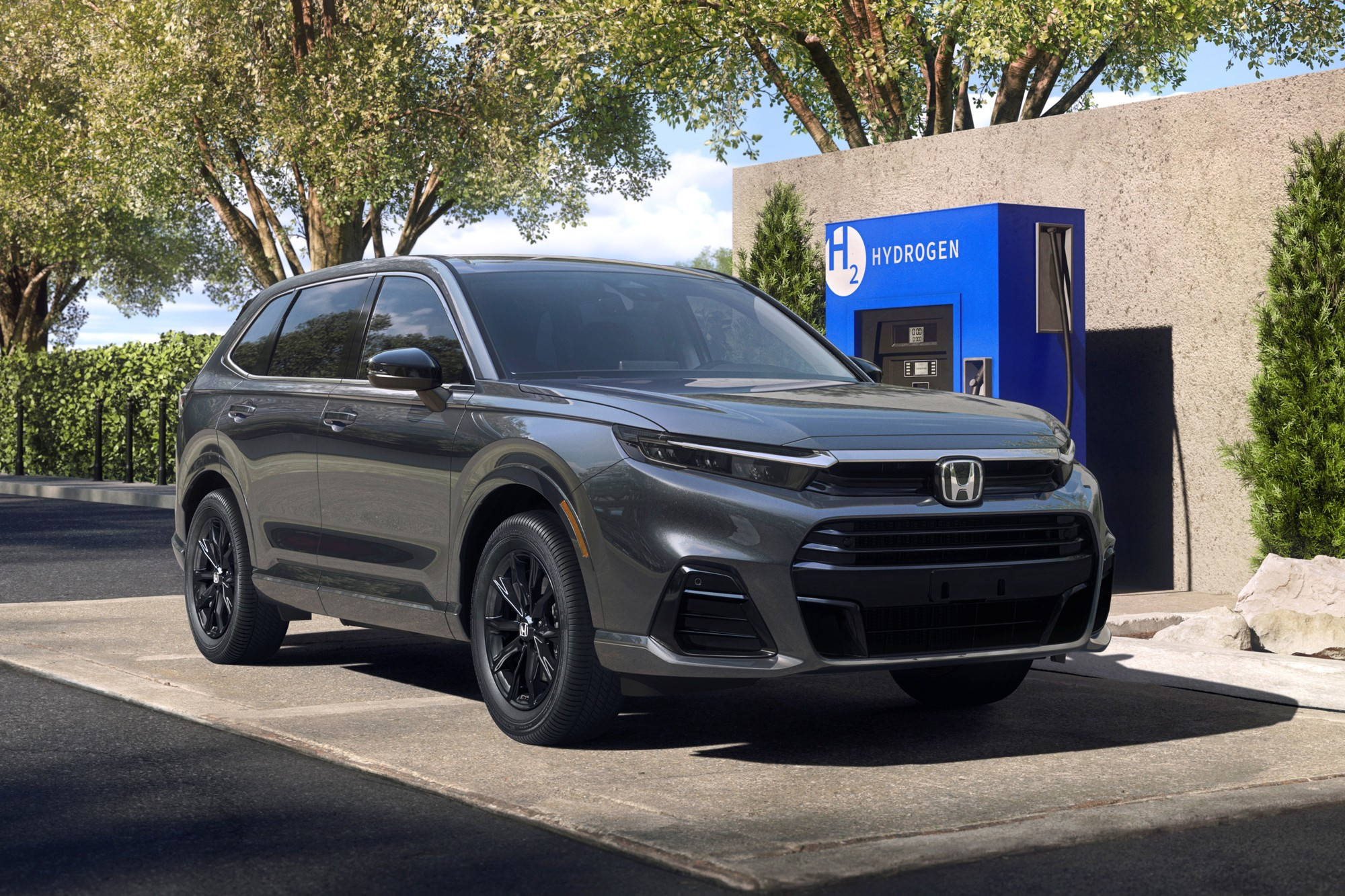
Honda, after a short break, has returned to small-scale production of hydrogen cars: the manufacture will assemble the Honda CR-V e:FCEV crossover presented today PMC (Performance Manufacturing Center) in the American city of Marysville (Ohio), whose main product was previously the Acura NSX supercar.
Honda is one of the pioneers of hydrogen energy in the automotive industry; it introduced its first hydrogen model, the small FCX hatchback, to the market back in 2002. Alas, since then the popularity of hydrogen cars has grown slightly: in 2021, the hydrogen Clarity sedan ingloriously became a thing of the past; its circulation over the five years of production amounted to only about 2,000 units, it was not available at retail, the outlandish model was offered exclusively for leasing.

The Honda CR-V e:FCEV is also not intended for wide sale: it will be offered for leasing in the USA (for now only in the “greenest” state of California) and in Japan, deliveries will begin before the end of this year. Widespread distribution of hydrogen cars is not expected in the near future due to the poorly developed infrastructure of hydrogen filling stations and the general high cost of hydrogen energy. Even Toyota recently recognized its Mirai hydrogen sedan as a failure — they won’t take it. Nevertheless, Toyota, Honda, and Hyundai continue to develop the hydrogen direction, since over long distances and large circulations it can turn out to be very promising and profitable. The global slowdown in demand for electric vehicles, which became clear last year, may turn the automotive industry towards hydrogen as the most realistic environmentally friendly alternative to traditional electric vehicles.
 1/4
1/4 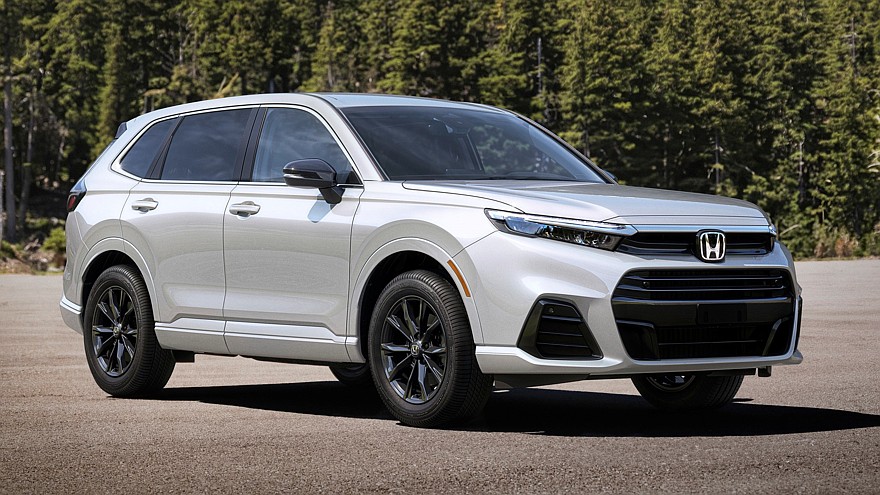 2/4
2/4  3/4
3/4 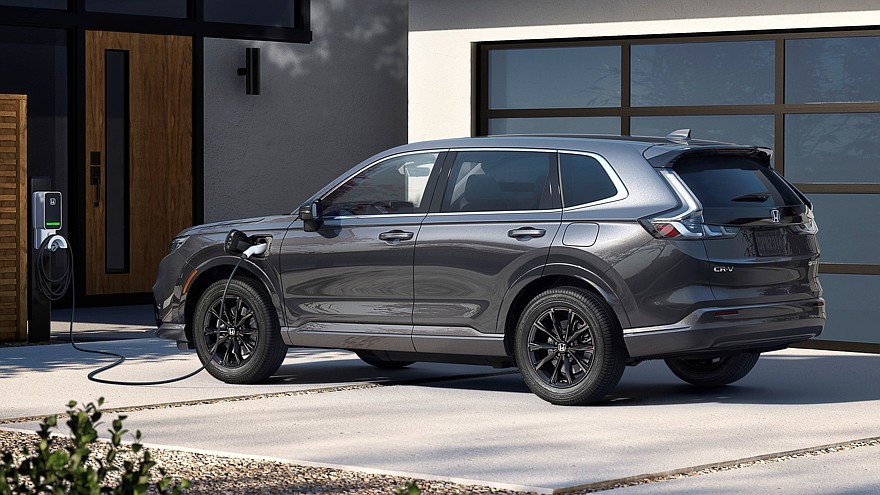 4/4
4/4
There are two types of hydrogen cars: in the first type, hydrogen is used as fuel in internal combustion engines, in the second — to power electrochemical generators that produce electric current, that is, hydrogen cars of the second type are, in fact, electric cars that get electricity from hydrogen. Many companies are now working on hydrogen internal combustion engines, but Honda’s hydrogen cars have always belonged to the second type.
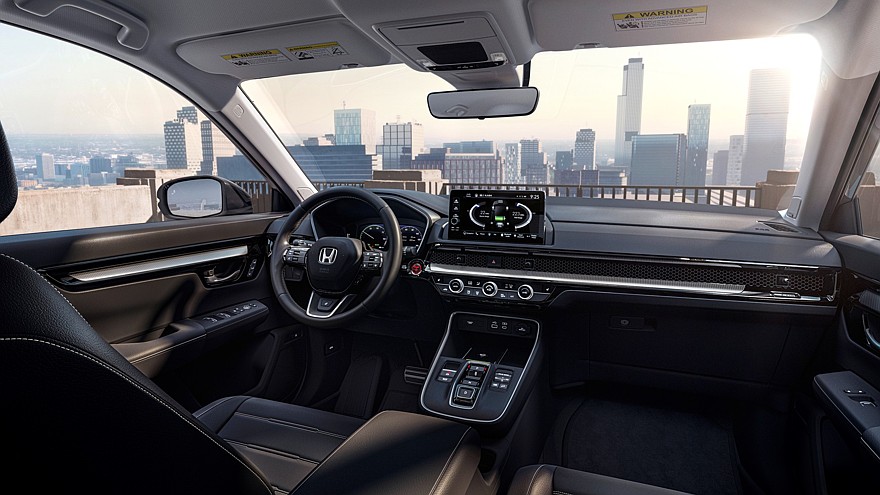 1/3
1/3 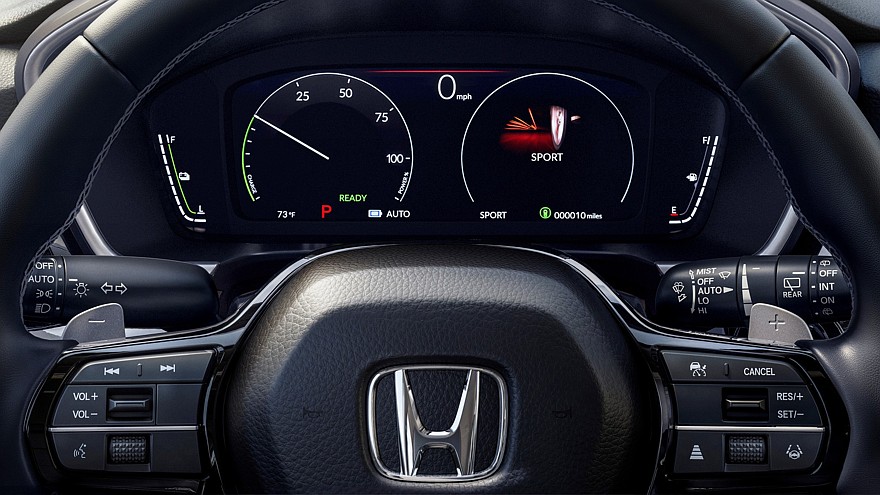 2/3
2/3 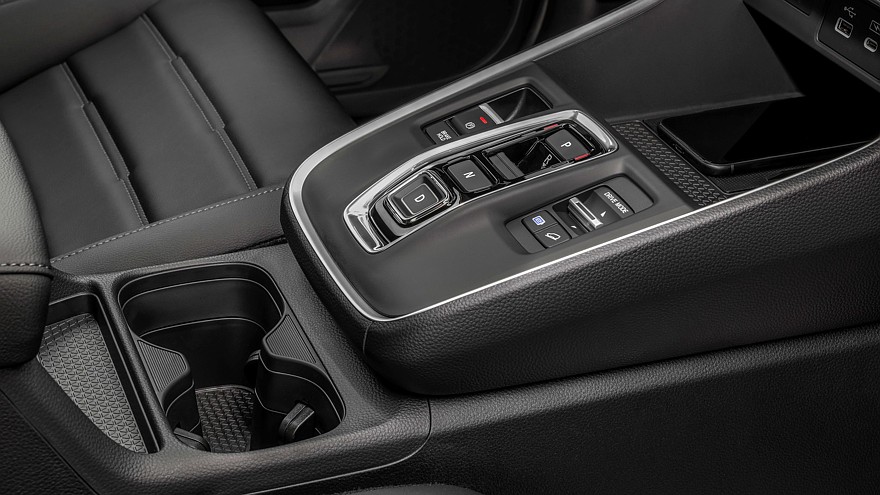 3/3
3/3
The Honda CR-V e:FCEV has an electrochemical technology under the hood, developed as part of an alliance with General Motors a new generation generator with a power of 125 hp, it is lighter, more compact, more reliable and cheaper than the previous generation device, and also operates in a wider temperature range. The only electric motor is also located at the front and rotates the front wheels, its maximum output is 176 hp. and 310 Nm.
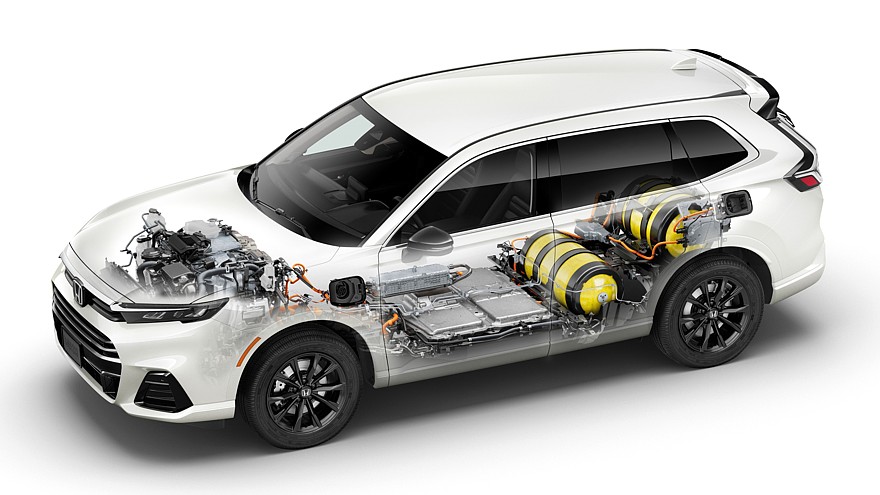
The 17.7 kWh buffer battery is located under the floor in the front of the cabin and can also be charged from an external source, meaning the Honda CR-V e:FCEV can be operated as a conventional electric vehicle and not rely as heavily on hydrogen refueling as it did. previous hydrogen Honda models. The hydrogen is stored at a pressure of 690 bar in two durable composite cylinders, one located above the rear axle, the other in front of it. The total capacity of the cylinders is 4.3 kg of hydrogen. The range on one fill is 435 km, a fully charged battery gives another 47 km, for a total of about 480 km on the EPA cycle or 600 km on the WLTP cycle.
 1/3
1/3 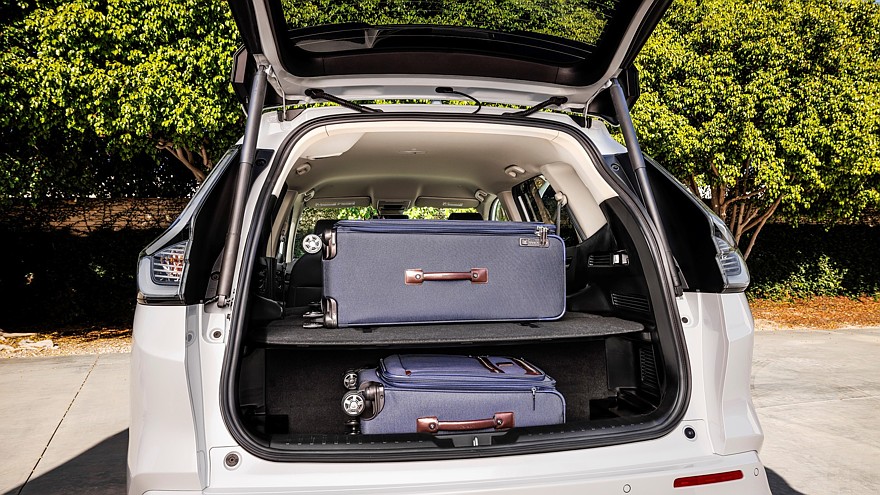 2/3
2/3  3/3
3/3
Due to the upper hydrogen cylinder, a hump has formed in the trunk of the Honda CR-V e:FCEV, which greatly limited the cargo capacity of the crossover, but passengers are not disadvantaged in any way — the interior is almost the same as that of other richly equipped versions of the sixth generation CR-V , the differences boil down to special graphics of the instrument panel and additional tabs in the multimedia system menu. The integration of the hydrogen power plant required, in addition, strengthening of the rear part of the body and new settings for the crossover suspension.
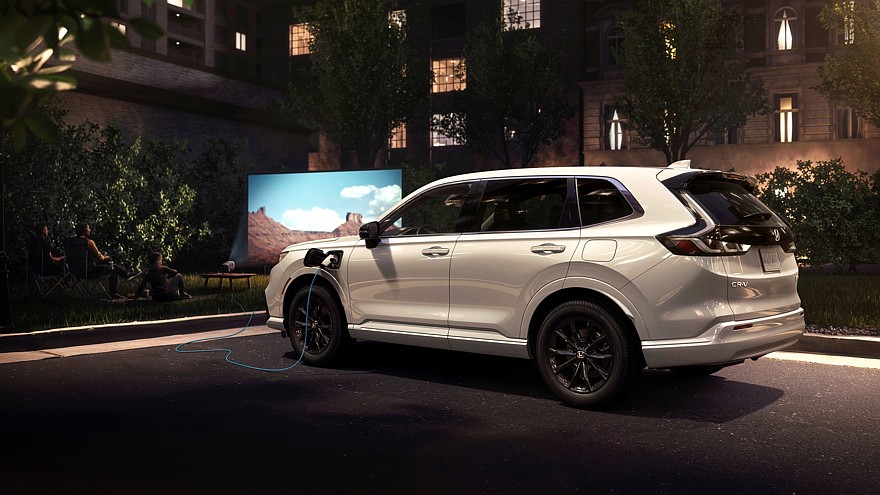 1/4
1/4 2/4
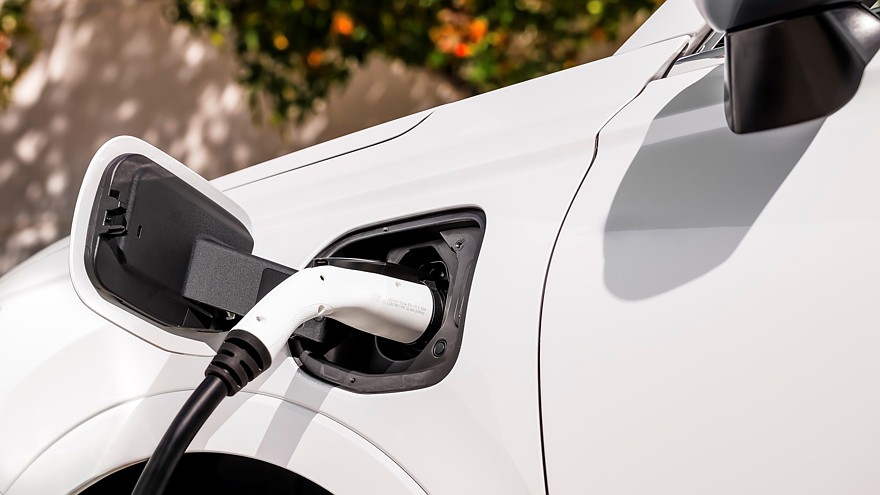 3/4
3/4 4/4
On the outside, the hydrogen CR-V received a unique front design, reminiscent in composition of the front of the Chinese version of the crossover named Breeze. Charging and refueling hatches are located on the starboard side. The charging connector can not only receive, but also supply electricity to external devices, that is, the hydrogen CR-V can be used as a long-running generator to power an external air conditioner or outdoor cinema, but the output power is limited to 1.5 kW.
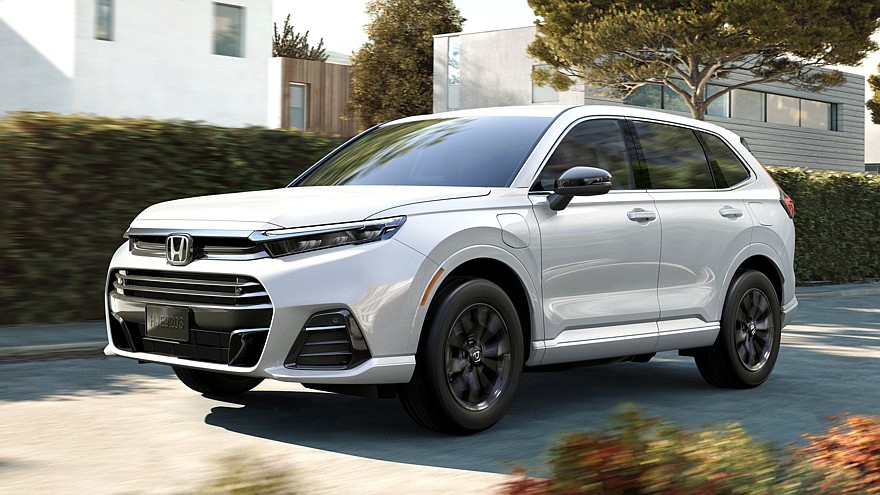 1/3
1/3 2/3
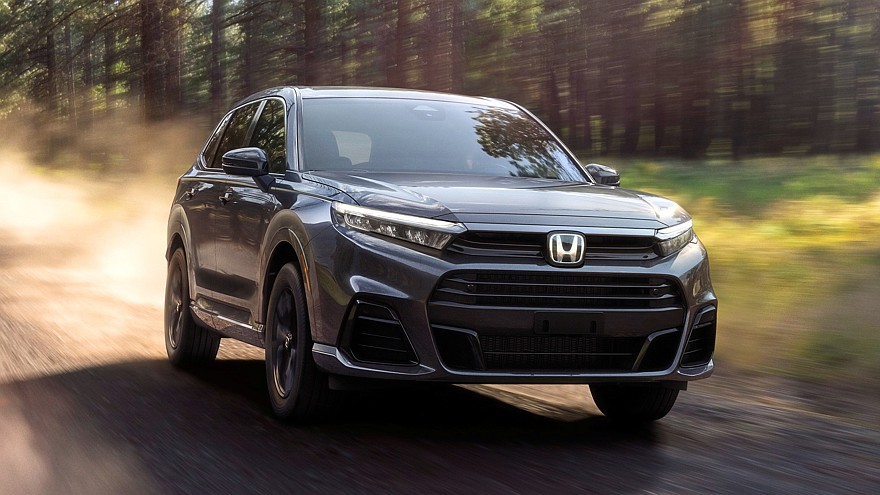 3/3
3/3
What is the cost of the CR-V e:FCEV, one can only guess, but in any case it is clear that Honda will not make any money from it — this is just another tranche of investment in the future and the accumulation of experience in the development and operation of hydrogen cars. The PMC manufactory will produce about 2,000 units of the Honda CR-V e:FCEV per year, but may increase production if the demand for the hydrogen crossover is higher than expected.




















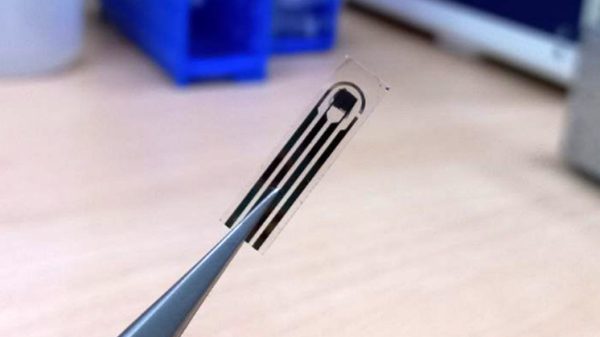



































Свежие комментарии